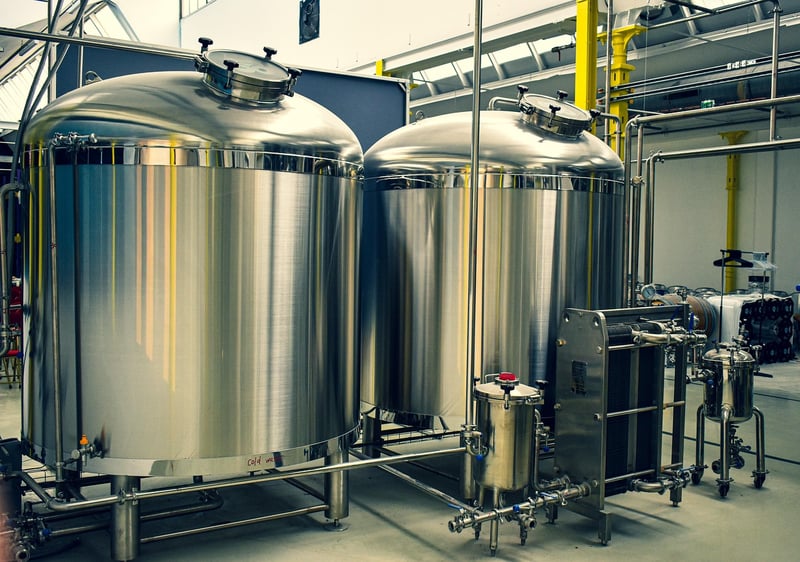Fermentation
Mastering the Art of Fermentation

Fermentation is a fascinating process that has been used for centuries to preserve food, develop flavors, and boost nutritional value. Whether you are a beginner or an experienced home fermenter, mastering the methods of fermentation can open up a world of culinary possibilities.
The Basics of Fermentation
At its core, fermentation is a metabolic process that converts sugars into acids, gases, or alcohol using microbes such as bacteria, yeast, or fungi. This process not only transforms the taste and texture of food but also enhances its digestibility and nutritional content.
Common Fermented Foods
- Sauerkraut
- Kimchi
- Kombucha
- Yogurt
- Sourdough bread
- Miso
Essential Fermentation Methods
There are various methods of fermentation, each tailored to the specific food being fermented. Some common techniques include:
- Lacto-Fermentation: Involves using lactic acid bacteria to preserve and ferment vegetables like cabbage in brine.
- Wild Fermentation: Utilizes naturally occurring microbes present on fruits and vegetables to ferment them without the use of commercial starters.
- Yeast Fermentation: Uses yeast to produce alcohol in beverages like beer, wine, and mead.
Tips for Successful Fermentation
- Use high-quality ingredients to ensure a successful fermentation process.
- Ensure cleanliness and proper sanitation of equipment to prevent contamination.
- Monitor temperature and fermentation time to achieve the desired results.
- Experiment with different flavors and ingredients to create unique fermented foods.
By mastering the methods of fermentation and experimenting with different recipes, you can unlock a world of delicious and nutritious foods that are not only good for your taste buds but also beneficial for your gut health.
Start your fermentation journey today and enjoy the art of creating your own probiotic-rich foods at home!
